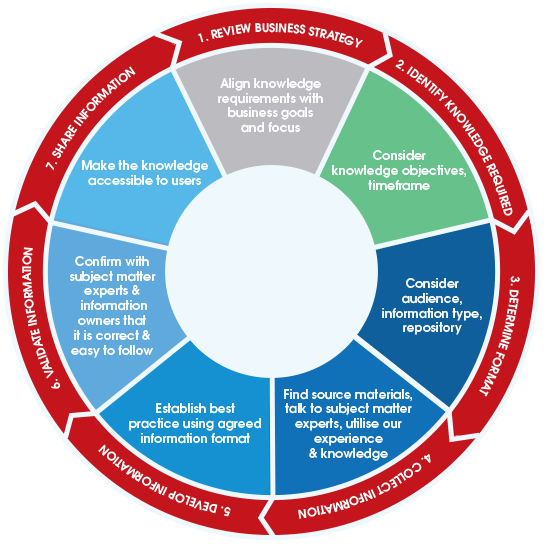 Like most organisations I’m sure you have lots of information that is designed to explain how to do things. Goodness, if you are really organised, these documents will take the form of policies, procedures, work instructions, forms, and so forth.
Like most organisations I’m sure you have lots of information that is designed to explain how to do things. Goodness, if you are really organised, these documents will take the form of policies, procedures, work instructions, forms, and so forth.
You may be the person who has written these or who hired the person who did. If that is the case then for you, this stack of documents feels normal, comfortable. You’re used to it so it’s difficult to understand why others seem to struggle with it. Why others aren’t doing their job as described in the procedures.
Like the spider, what may feel normal for you, may be chaos for your employees.
Why simplify?
In his book Why Employees Don’t Do What They’re Supposed To and What You Can Do About It Ferdinand Fournies lists the top reasons why employees don’t do what they are supposed to. Four of the top reasons are:
• They don’t know how to do it.
• They don’t know what they are supposed to do.
• They don’t know why they should do it.
• They think they are doing it.
Simplification improves efficiencies, reduces risk and increases productivity. In short, it improves individual and organisational performance. It makes perfect sense doesn’t it? If employees have access to current, accurate information, if they know how their processes impact on others – they will make fewer mistakes, get the job done faster and better, making for a more efficient workplace. In a more efficient workplace people have time for process improvement and for the customer. You can see how things start to spiral INTO control.
Where do I start?
Why use a lot of words when you can use an illustration. Here is how to do it.

Turn that chaos into simplicity and create a new web of normality for you and your employees.
All the best – Liz





